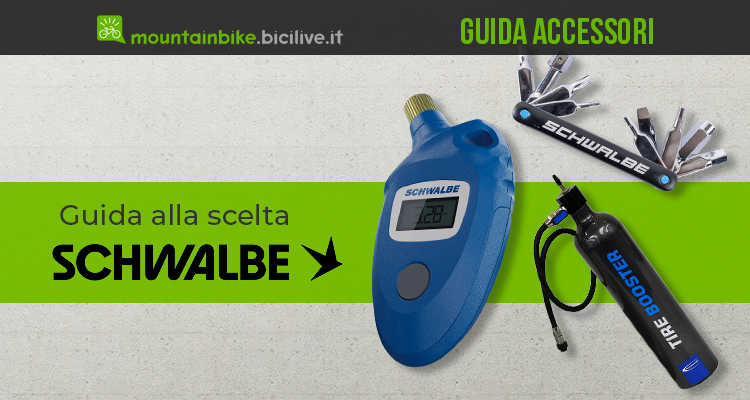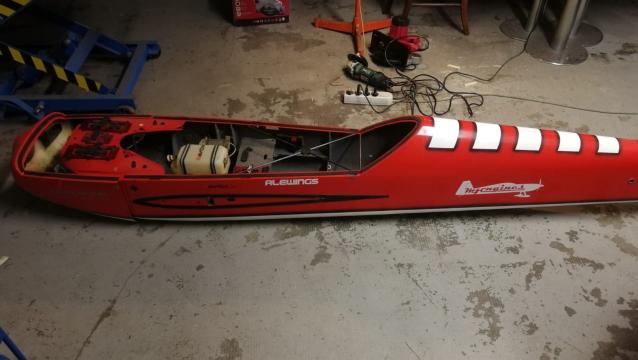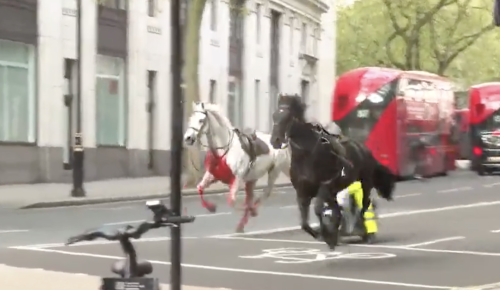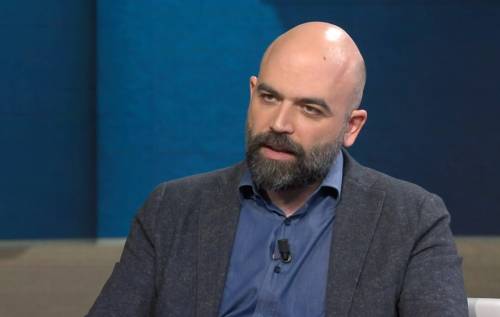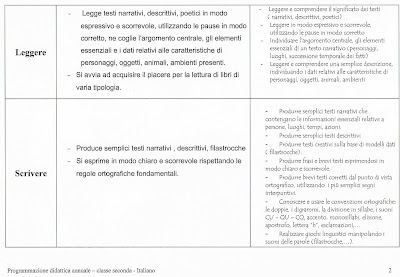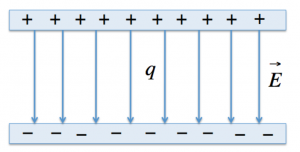
Pubblico oggi la terza e ultima parte dell’intervista a Warne Palmer (qui la prima, che tratta di temi generali, e qui la seconda, che parla della pratica), in cui il pro americano discorre di gioco corto, di putt e di chip.
Con questo post – e con un caloroso grazie all’amico Warne – il cerchio si chiude.
– Could you give a list of drills for putting?
[Puoi fornire una lista di esercizi per il putt?]
Putting drills should be fun so I encourage my students to practice in a game format. Here are three of my favorite drills:
1) North, South, East, West Drill—the player places three balls on a line north of the hole at intervals of 3, 5 and 7 feet and rolls those putts; the player repeats the drill from the other three directions for a total of 12 putts. If the player makes 8 or more putts he or she wins the game. This is a putting accuracy drill. The game can be repeated at longer distances with fewer putts made required for a win.
2) Circle Drill—cut a piece of string that can be placed on the ground forming in a 3 foot circle around the hole. Use five balls and hit a putt from each of the following distances: 10, 15, 20, 25 and 30 feet trying to stop the ball within the circle. This drill helps a player practice distance control in his or her putting. If three or more balls stop in the circle the player wins the game. Repeat the drill from different locations on the practice green or make the string circle slightly smaller for a greater challenge.
3) Yardstick drill—place a yardstick on the green with one end over the edge of a hole. Place a ball on the yardstick at 12 inches. Try to strike the ball with a square putter face so the rolls the entire 12 inches on the yardstick and goes into the hole. Gradually lengthen the balls distance from the hole to 18 inches then 24 inches and finally 35 inches with the goal being to keep the ball rolling in a very straight line on the stick and into the hole. This drill helps a player learn to control the putter in a very precise manner during a stroke.
[Pattare dovrebbe essere divertente. Per questo motivo incoraggio i miei allievi a praticare con delle piccole gare. Ecco i tre esercizi che preferisco:
1) North, South, East, West Drill. Il giocatore piazza tre palline su una linea a nord della buca a 1, 1,5 e 2 metri e poi tira questi putt. Quindi ripete l’esercizio dalle altre tre direzioni, per un totale di 12 putt. Se il giocatore imbuca otto o più putt, vince la partita. Questo è un esercizio per l’accuratezza nel putt. Il gioco si può ripetere a distanze maggiori, con un numero minore di putt richiesto per vincere.
2) Circle Drill. Occorre munirsi di un pezzo di corda sottile da piazzarsi a formare un cerchio a un metro dalla buca. Si utilizzano cinque palline e si tira un putt da ciascuna di queste distanze: 3, 4,5, 6, 7,5 e 9 metri, cercando di far fermare la palla all’interno del cerchio. Questo esercizio aiuta il giocatore a praticare il controllo della distanza sul putt. Se tre o più palline si fermano all’interno del cerchio, il giocatore vince. Si può ripetere l’esercizio da posti differenti sul putting green, o anche restringere il cerchio per una sfida più coinvolgente.
3) Yardstick drill. Bisogna posizionare un metro a rotella sul green, con un’estremità che termini sul bordo di una buca. Quindi si piazza una pallina sul metro, a 30 centimetri. L’obiettivo è di colpire la pallina tenendo la faccia del putt square, in maniera che rotoli per l’intero percorso sul metro e termini in buca. Gradualmente si allunga la distanza della palla dalla buca a 50 centimetri, poi a 60 e infine a 90, con l’obiettivo di far rotolare la pallina su una linea diritta fino alla buca. Questo esercizio aiuta il giocatore a controllare il putter in maniera molto precisa durante il colpo.]
– And for the short game?
[E per quanto riguarda il gioco corto?]
Short game practice should concentrate on developing the techniques and skills required to make a consistent strike of the ball in the center of the clubface and should focus on the player’s ability to get the ball to stop within a close proximity of the hole. The fundamentals a player uses should be simple and repeatable. A general rule of thumb is to swing the club back and forth in a smooth motion and using an equal balance of the big, core muscles (chest and shoulders) and the small muscles (arms and hands) working together, in unison to produce the swing required for a specific shot.
Hitting shots with one hand and then the other is an excellent way to develop control of the clubface. Practice shots from a variety of lies in different lengths of grass and from different distances. Also, experiment using clubs with different lofts from diverse locations around the green and to various targets of different distances. Practice a variety of shots from a variety of situations and with a variety of clubs with the goal of getting each shot to finish close to the hole. As with anything in life, the more times a person correctly practices an activity, the better the person becomes at doing that activity well.
[La pratica del gioco corto dovrebbe focalizzarsi sullo sviluppare la tecnica e le abilità richieste per avere un contatto ripetitivo della palla nel centro della faccia del bastone, e dovrebbe concentrarsi sull’abilità del giocatore di far fermare la palla in prossimità della buca. I fondamentali utilizzati da un giocatore dovrebbero essere semplici e ripetitivi. Una regola avente validità generale è di fare lo swing avanti e indietro con un movimento fluido e utilizzando nella stessa misura i grandi muscoli (petto e spalle) e quelli piccoli (braccia e mani), in maniera che lavorino insieme e in armonia per produrre lo swing richiesto per un dato colpo.
Tirare dei colpi con una mano e poi con l’altra è una maniera eccellente per raffinare il controllo della faccia del bastone. Bisogna praticare i colpi da un’ampia gamma di lie, con differenti lunghezze dell’erba e distanze. Inoltre, è bene fare esperimenti utilizzando bastoni con loft diversi da diverse posizioni attorno al green e verso diversi obiettivi a distanze differenti. È bene praticare una varietà di colpi da una varietà di situazioni e con una gamma di bastoni, con l’obiettivo di far fermare ogni colpo vicino alla buca. Come in qualunque situazione della vita, più una persona pratica in maniera corretta una determinata attività, più quella persona diverrà efficace nel fare quell’attività.]
– A technical question regarding chipping: do you think that the hips should start the downswing or the body should be quiet during it?
[Una domanda tecnica a riguardo del chip: pensi che i fianchi dovrebbero dare inizio al downswing oppure il corpo dovrebbe rimanere fermo in quella fase?]
A proper chipping motion involves the hips, torso, shoulders, arms and hands working together to produce a small, balanced swing. A smooth rotation of the lead hip away from the ball to start the chipping motion is absolutely a correct technique to develop.
[Un movimento corretto del chip coinvolge i fianchi, il busto, le spalle, le braccia e le mani che lavorano insieme per produrre uno swing corto ed equilibrato. Una rotazione morbida del fianco che guida lontano dalla palla per iniziare il movimento del chip è assolutamente una tecnica corretta da sviluppare.]
L'articolo Play Great Golf with Warne Palmer – terza parte sembra essere il primo su Campo Pratica.


